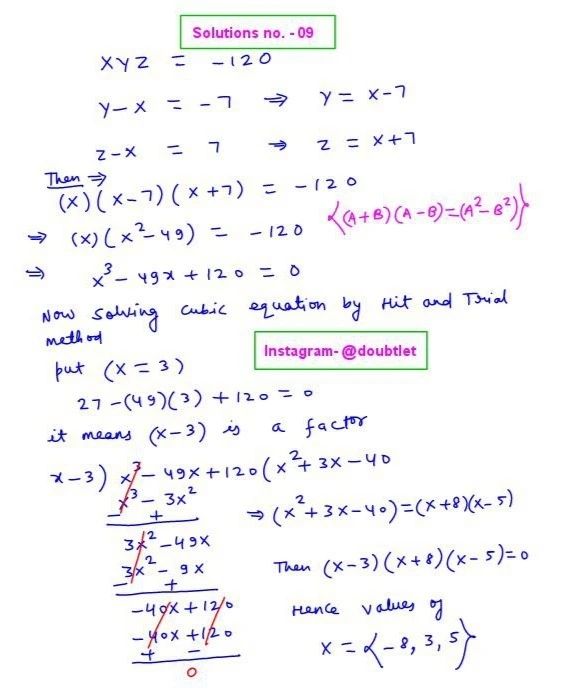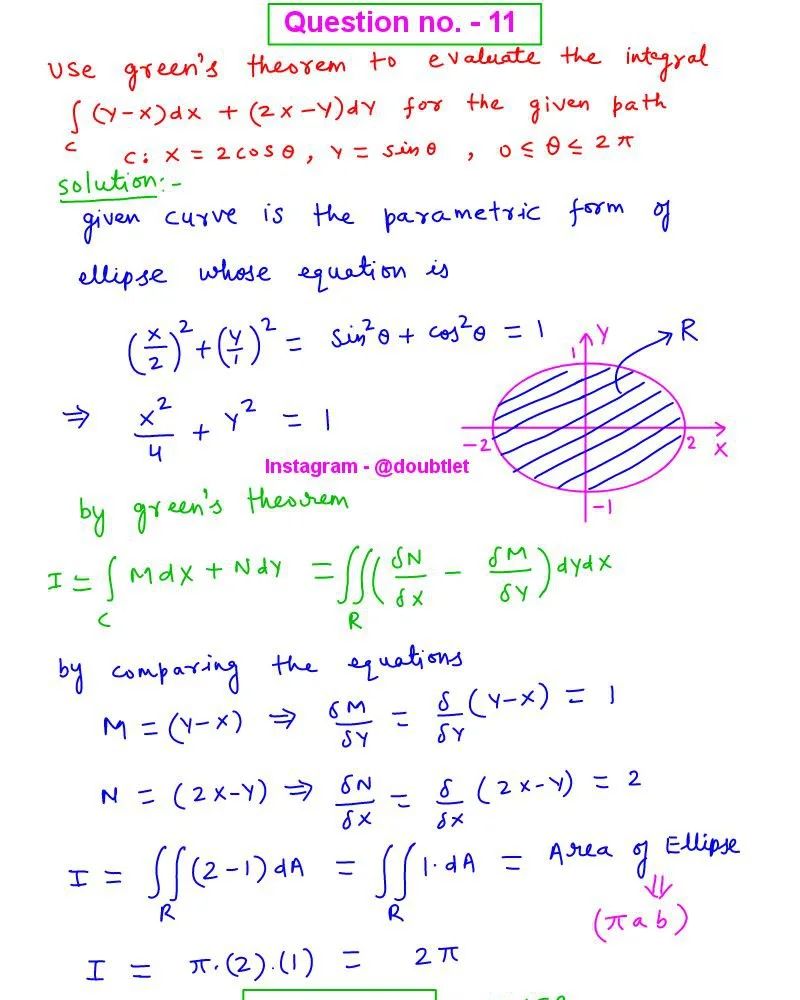









Question :
Find an equation for the plane consisting of all points that are equidistant from the points and .

Solution:

Neetesh Kumar | December 16, 2024
Calculus Homework Help
This is the solution to Math 1C
Assignment: 12.5 Question Number 25
Contact me if you need help with Homework, Assignments, Tutoring Sessions, or Exams for STEM subjects.
You can see our Testimonials or Vouches from here of the previous works I have done.
Step-by-step solution:
We are tasked with finding the equation of the plane that consists of all points equidistant from the points and . To do this, we follow the steps below.
Step 1: Midpoint of and
The plane equidistant from two points and will pass through the midpoint of these points.
The formula for the midpoint of two points and is:
Substitute and :
Simplify:
The midpoint is .
Step 2: Direction Vector between and
The direction vector between the two points is given by:
Substitute and :
Simplify:
Thus, the direction vector is .
Step 3: Normal Vector of the Plane
The plane that is equidistant from and is perpendicular to the direction vector . Therefore, the normal vector of the plane is:
Step 4: Equation of the Plane
The general form of a plane equation is:
Where:
- is the normal vector,
- is a point on the plane.
Here:
- Normal vector ,
- Point on the plane .
Substitute these into the equation:
Step 5: Simplify the Equation
Expand the terms:
Combine like terms:
Divide through by to simplify:
Final Answer:
The equation of the plane is:
Please comment below if you find any error in this solution.
If this solution helps, then please share this with your friends.
Please subscribe to my Youtube channel for video solutions to similar questions.
Keep Smiling :-)
Comments(0)



Leave a comment